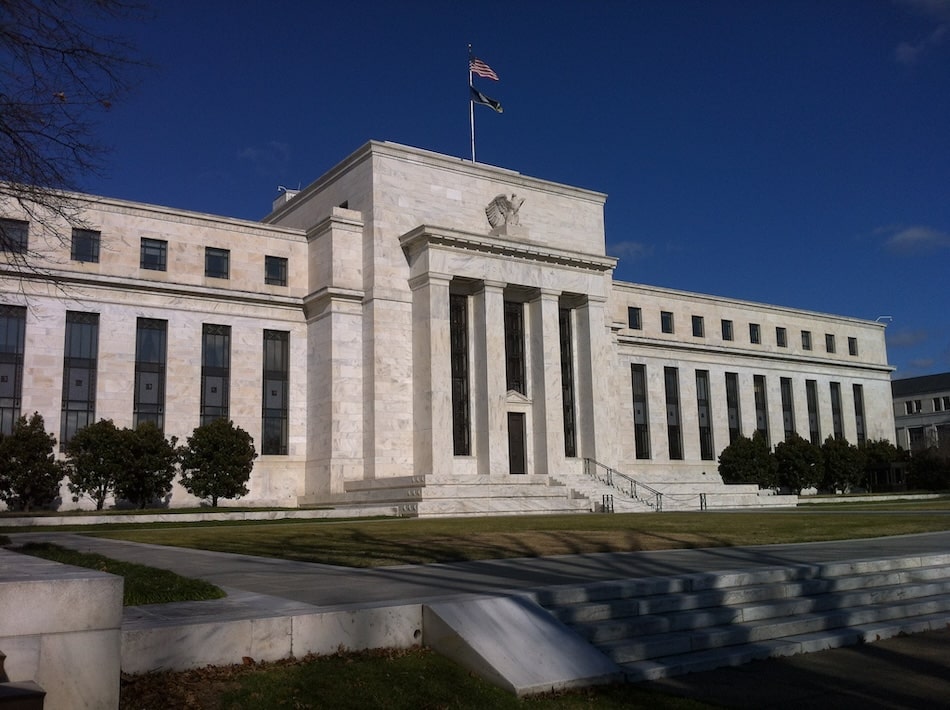
Federal Reserve Governor Christopher Waller has proposed a new account structure that would allow stablecoin issuers and digital asset firms limited direct access to Federal Reserve payment systems.
The announcement was made at the Fed’s inaugural Payments Innovation Conference, signaling a shift from the central bank’s traditionally cautious posture toward digital assets.
Details of the proposal
Waller described the new option as a “skinny” master account.
This account would provide access to Fedwire and ACH payment rails, but exclude interest payments, overdraft protection, and emergency lending.
The proposal includes balance caps and aims to separate payment processing from traditional credit creation, positioning stablecoin issuers closer to the model of narrow banking.
Direct access could eliminate the need for commercial bank partners and allow issuers to back tokens with central bank money—removing credit risk and reducing the risk of bank runs.
Implications for stablecoin firms and banks
Qualifying firms, including Custodia Bank, Kraken, Ripple, and Anchorage Digital, could see faster application approvals under this new framework.
If implemented, stablecoin issuers could hold reserves at the Fed and settle redemptions directly, significantly improving operational efficiency and settlement speed.
This change would reduce friction in the redemption process and compress settlement times from hours to near real-time.
Industry reaction and concerns
While some see the proposal as a step toward payments innovation, others warn of potentially disruptive effects on the banking industry.
Arthur Hayes, co-founder of BitMEX, commented:
“Imagine if Tether didn’t need to rely on a TradFi bank for its existence. The Fed is moving to destroy commercial banking in the US.”
Waller’s outlined restrictions—such as no interest, balance caps, and no overdrafts—are designed to prevent the Fed from becoming the primary deposit institution for nonbanks.
However, critics remain concerned about the loss of deposits for commercial banks.
Next steps and regulatory landscape
Waller has directed Fed staff to gather feedback but has not set a timeline for implementation.
The GENIUS Act, signed into law in July 2025, established federal requirements for stablecoins but did not provide direct Fed access.
Waller’s proposal could fill this gap and accelerate the review of pending applications.



